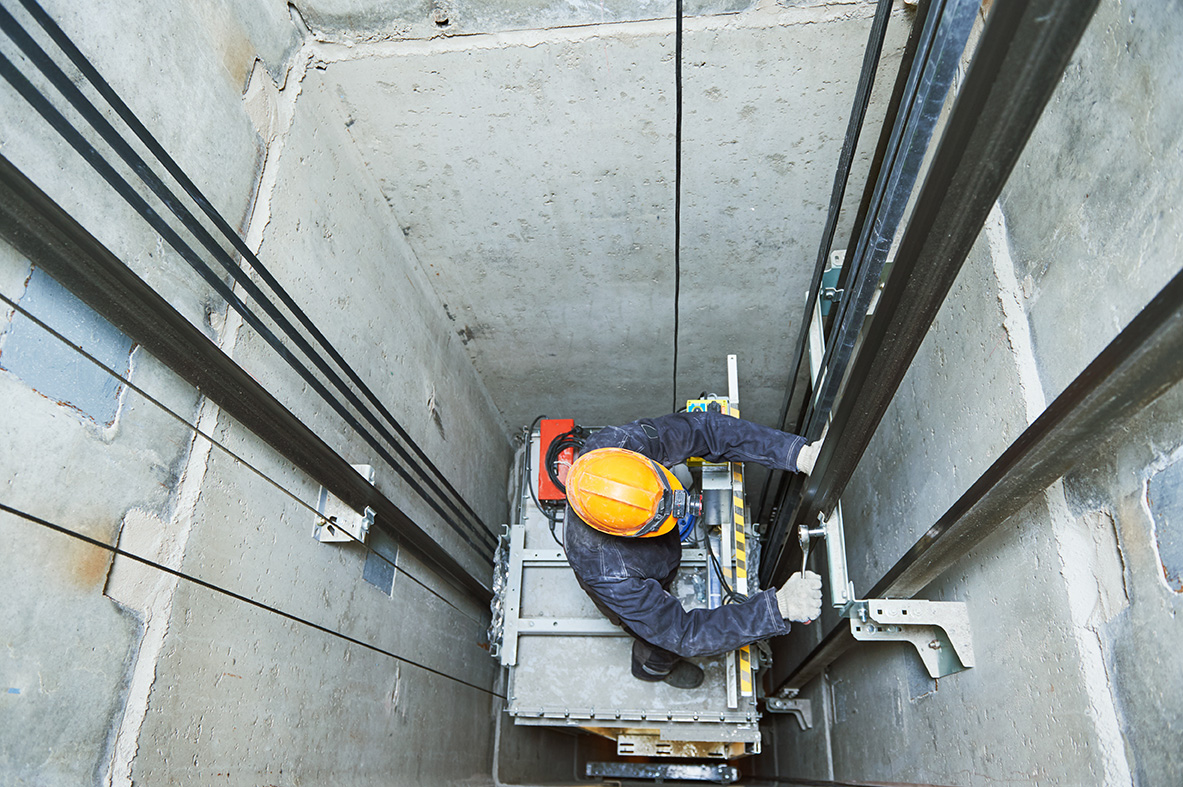A Thorough Method to Enhancing Efficiency With Strategic Lift Repair Work Approaches
A methodical and critical strategy to lift repair and maintenance is critical to make the most of performance and reduce downtime. By dealing with usual lift concerns, executing proactive upkeep measures, and establishing targeted repair service strategies, centers can maximize their lift systems to operate at peak efficiency degrees.
Importance of Lift Efficiency Optimization
Understanding the relevance of maximizing lift performance is important for guaranteeing reputable and effective upright transportation systems in numerous buildings and frameworks. Lifts are important elements of modern infrastructure, giving upright wheelchair for residents and goods within structures of varying elevations. By enhancing lift efficiency, structure proprietors and facility managers can boost customer experience, boost energy effectiveness, and boost general functional efficiency.
Reliable lift efficiency optimization involves numerous elements, including rate, capacity, energy usage, safety, and maintenance needs. Properly enhanced lifts can lower wait times for users, particularly in high-traffic structures, resulting in enhanced complete satisfaction and efficiency. In addition, optimized lifts add to power cost savings by using innovative control systems and technologies that lessen power intake without endangering efficiency.

Identifying Common Lift Issues
Identifying typical lift concerns is important for maintaining the operational performance and safety of vertical transportation systems in structures. Identifying these issues can assist protect against malfunctions, decrease downtime, and expand the lifespan of the lift devices. One usual trouble that structure managers and maintenance groups frequently run into is uneven or jerky motions throughout operation. This issue can be a sign of troubles with the lift's motor, control system, or perhaps the alignment of the lift automobile.
One more common lift problem is odd sounds rising from the lift shaft or equipment area. These noises can vary from grinding or scratching audios to loud clunking sounds, every one of which may signify underlying mechanical concerns that need instant interest. Furthermore, regular door breakdowns, such as doors not opening or closing correctly, can interfere with the smooth circulation of guests and posture safety and security dangers.
Applying Aggressive Maintenance Actions
To maximize the efficiency and long life of lift systems, positive maintenance measures play a vital role in making sure operational reliability and safety and security. lift repair. Executing aggressive maintenance involves methodically evaluating, servicing, and fixing elements before they fail, thus protecting against pricey downtime and prospective safety hazards. Routinely set up assessments can help recognize minor issues before they escalate right into major troubles, ultimately expanding the life expectancy of lift systems
One key facet of positive upkeep is producing a thorough upkeep schedule based on manufacturer suggestions and sector finest practices. This routine should detail tasks such as lubrication, alignment checks, and part replacements at defined intervals. Furthermore, carrying out condition tracking strategies, such as vibration analysis and thermal imaging, can assist spot very early signs of wear or breakdown.
In addition, training upkeep staff on appropriate examination techniques and precautionary upkeep procedures is necessary for the effective implementation of positive upkeep actions. By fostering a society of aggressive maintenance within an organization, lift systems can operate at peak efficiency levels, decreasing disruptions and making sure the safety and security of users.
Developing Targeted Fixing Plans
Upon examining the maintenance documents and efficiency information, the design group can create targeted repair strategies to optimize and deal with particular concerns lift system performance. These repair service strategies are customized to the determined troubles, making certain that resources are focused on solving vital concerns effectively. By focusing on fixings based upon their influence on performance and safety, the targeted repair work plans help decrease downtime and upkeep expenses while making best use of the important link lift system's integrity.
Creating these plans entails a comprehensive evaluation of the lift system elements, including electric motors, wires, brakes, and control systems. With this comprehensive analysis, the engineering group can figure out the origin of any type of malfunctions or deterioration in efficiency. This info is after that utilized to develop a roadmap for the repair service process, laying out the required actions, timeline, and resources required to resolve each issue effectively.
Furthermore, targeted repair strategies might consist of preventative actions to improve the lift system's longevity and efficiency. By proactively attending to potential problems prior to they escalate, these strategies add to the total efficiency and security of the lift system.
Making Use Of Data-Driven Insights
Utilizing the power of data-driven understandings is critical in optimizing lift system performance and upkeep performance. By leveraging data analytics, lift drivers can make informed choices that bring about improved operational efficiency and cost savings. With the evaluation of historic efficiency patterns, patterns and data can be recognized, enabling anticipating upkeep approaches to be implemented. These predictive maintenance techniques help protect against unexpected malfunctions, minimize downtime, and extend the lifespan of lift systems.

Final Thought
In verdict, enhancing lift performance is vital for ensuring effectiveness and safety in structures. By recognizing typical lift issues, executing aggressive upkeep procedures, developing targeted repair plans, and using data-driven understandings, companies can boost efficiency and decrease downtime. It is very important to take a detailed method to lift repair work methods to make the most of functional effectiveness and ensure the long life of lift systems.
By resolving usual lift problems, applying proactive upkeep actions, and creating targeted repair service plans, centers can enhance their lift systems to operate at peak performance degrees.One more common lift problem is odd noises emanating from the lift shaft or equipment space.Upon evaluating the maintenance records and efficiency information, the engineering group can create targeted fixing strategies to optimize and address specific concerns lift system performance. By informative post prioritizing fixings based on their effect on efficiency and security, the targeted repair work plans aid minimize downtime and maintenance expenses while making best use of the lift system's reliability.
It is important to take an extensive approach to raise repair approaches to make best use of functional efficiency and make certain the durability of lift systems.